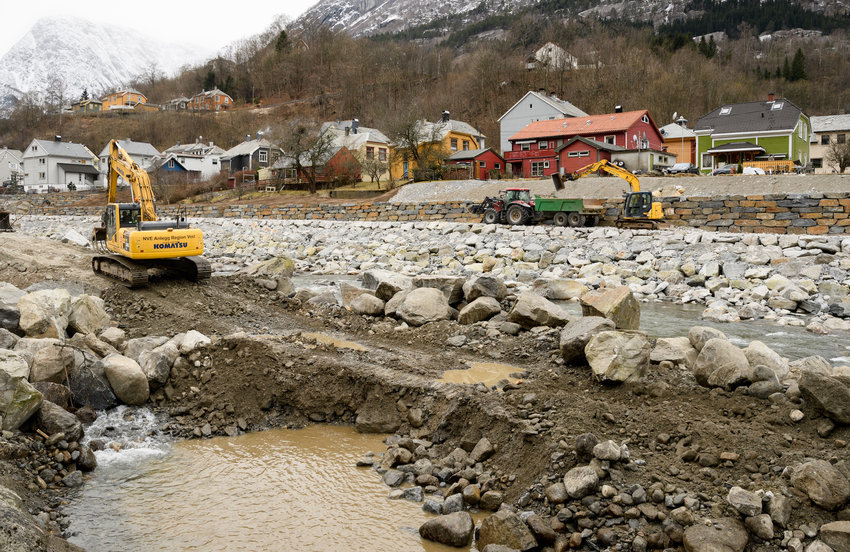Researchers from Climate Future’s partner the Nansen Environmental and Remote Sensing Center (NERSC) have developed a method that makes it possible to continuously integrate newly available data to keep seasonal forecasts updated.
Seasonal forecasts predict average conditions over a period of several weeks or months ahead. This can be important information for industries that need to adapt their operations to the weather conditions, such as power companies, farmers or those who operate vessels in areas with sea ice.

Today, the forecasts are produced by assimilating observations and running ensemble simulations of Earth system models. Production of these seasonal forecasts is a time- and resource-consuming process. A very large supercomputer with several thousands processors spend about a week generating the prediction. However, when the forecast is ready for publication, new observations are already available, which results in the forecast being slightly out of date at the time it is published.
Researchers from Climate Future’s partner the Nansen Environmental and Remote Sensing Center (NERSC) have developed a method that makes it possible to continuously integrate newly available data so that the forecasts can be continuously adjusted between publication intervals. The research has recently been published in an article in Weather and Forecasting.
The running integration of new data will lead to more precise forecasts that are continuously updated:
The method we have developed has been tested with the Norwegian Climate Prediction Model (NorCPM). We have created retrospective forecasts and compared them with historical data. The result shows that the accuracy of the forecasts will be improved for a period up to three months, explains Julien Brajard, who is a researcher at NERSC.
The new method is efficient and requires a minimum of resources:
The algorithm can be run on an ordinary laptop within a few minutes, and is easy to implement on other models, concludes Brajard.
The authors of the article are connected to the Bjerknes Climate Prediction Unit, which aims to develop the best possible climate prediction system for the Atlantic-Arctic sector.
The full article is available here: Brajard, J., F. Counillon, Y. Wang, and M. Kimmritz, 2023: Enhancing seasonal forecast skills by optimally weighting the ensemble from fresh data. Whoa. Forecasting, https://doi.org/10.1175/WAF-D-22-0166.1, in press.

